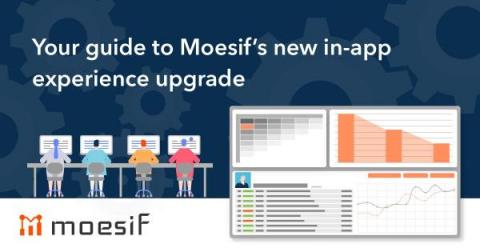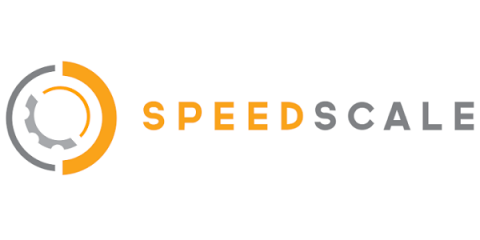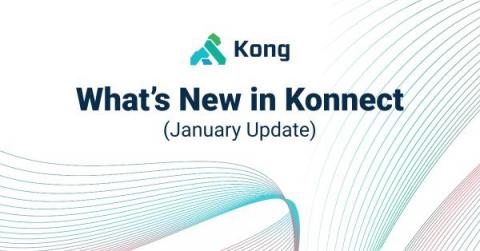Systems | Development | Analytics | API | Testing
API
How to Create API Value Chains to Grow Your Business
How Kubernetes Gets Work Done
In this blog post series, we have discussed how Kubernetes enhances a container-based microservices architecture. We examine the rise of containers and Kubernetes to understand the organizational and technical advantages of each, including a deep dive into the ways Kubernetes can improve processes for deploying, scaling and managing containerized applications. The first in the series covered Next-Generation Application Development. The second covered the Next Frontier: Container Orchestration.
Your guide to Moesif's new in-app experience upgrade
We have launched a redesign of Moesif’s in-app experience and it’s a big one! As part of our journey to give our users the best experience possible, we’ve streamlined our in-app navigation. This update makes it easier to find key features in Moesif and will hopefully allow even existing users to see some features they haven’t used before but may be useful. As with all changes, big and small, there may be a learning curve.
Scalability Testing Best Practices
Will your software perform well during peak hours? Can it handle the load during sales periods? Is your infrastructure valid if you double your sales by the end of the year? These are just some of the questions that scalability testing can help you answer. Scalability testing evaluates the activity level of your application by upscaling and downscaling the number of users.
Kong Data Plane Life Cycle With AWS Cloud Development Kit
From the modern application platform perspective, products should allow architects and DevOps teams to support dynamic topologies. That means a multi-platform capability is required but not sufficient. In fact, for several reasons, companies are looking for hybrid deployments to run their applications on several platforms simultaneously. Moreover, the topology should support and adjust for new and continuous architecture changes.
New in Kong Konnect: Support for Okta + More Portal Customization
In February 2021, we announced the GA of Kong Konnect, the first cloud native service connectivity platform that gives organizations the flexibility of protecting their API and service traffic while simultaneously taking advantage of 10x ops improvements via the cloud control plane.
The state of iPaaS in 2022: Powering SaaS, Data Intelligence, and AI
The iPaaS market is clearly growing now at a faster pace than ever anticipated. This is not only due to the pandemic forcing companies to accelerate the digital transformation, but also in general due to the rise of SaaS. The replacement of older, server-bound software solutions with more modular, user-friendly and flexible SaaS solutions means customers need to connect these disparate cloud systems somehow if they want their business to become truly data driven.
Integrating WSO2 IS with Next.js and Meta Workplace - WSO2 IS Community Call - 1/27/2022
28 Best Practices for Kong Lua Custom Plugins
Ready to speed up your Kong Lua custom plugin development process? Before diving into this post, make sure you’re familiar with the basics of plugin development and have gone through the basics described in our Kong documentation.











